15 Smart Gardening Tips for Hot and Sunny Days
Gardening in hot weather can be a challenge, but with the right tips, you can keep your plants healthy and thriving. The intense heat can quickly stress plants, leading to dehydration and poor growth. By making a few adjustments to your gardening routine, you can help your plants survive and even flourish during the hottest months. From choosing the right plants to adjusting your watering schedule, there are simple steps you can take to protect your garden. Using mulch, shade, and proper soil care can make a huge difference. With a little preparation, you can create a garden that withstands the heat.
This post may contain affiliate links, which helps keep this content free. Please read our disclosure for more info.
Watering During Early Mornings
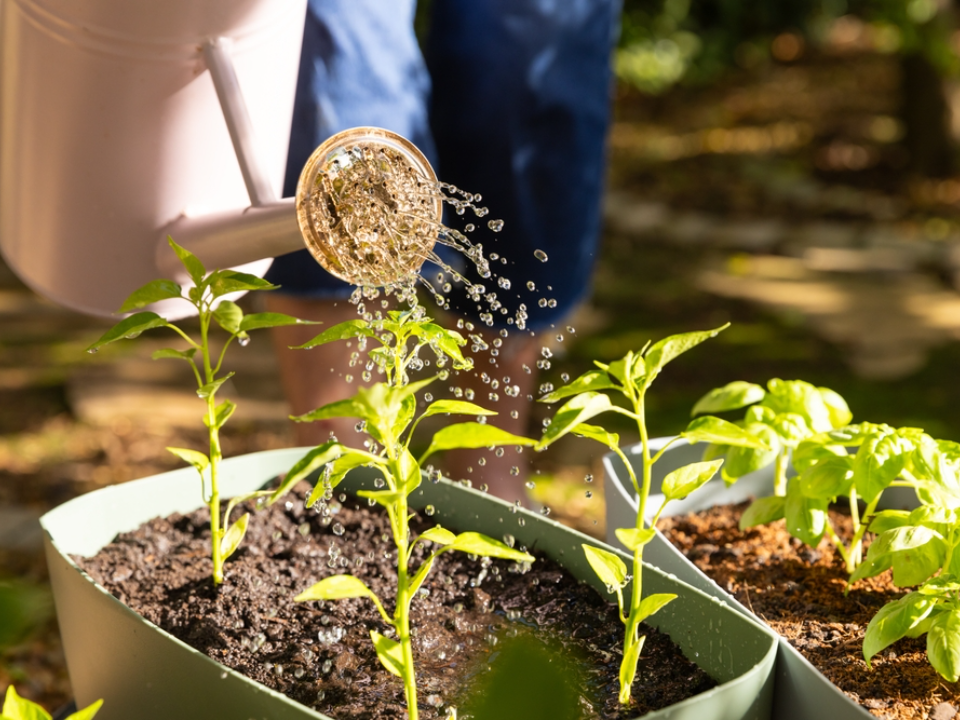
One of the best practices for gardening in hot weather is watering early in the morning. This allows the water to soak into the soil before the intense heat of the day. Watering early also helps prevent evaporation, ensuring that your plants receive enough moisture to thrive. The cooler temperatures in the morning help reduce stress on the plants, allowing them to better handle the heat later in the day.
Morning watering also minimizes the risk of disease since the plants dry off more quickly compared to evening watering. When plants are left damp overnight, they become more susceptible to fungal infections. A consistent early watering schedule can make a significant difference in plant health, especially during a heatwave.
Mulching Your Garden Beds
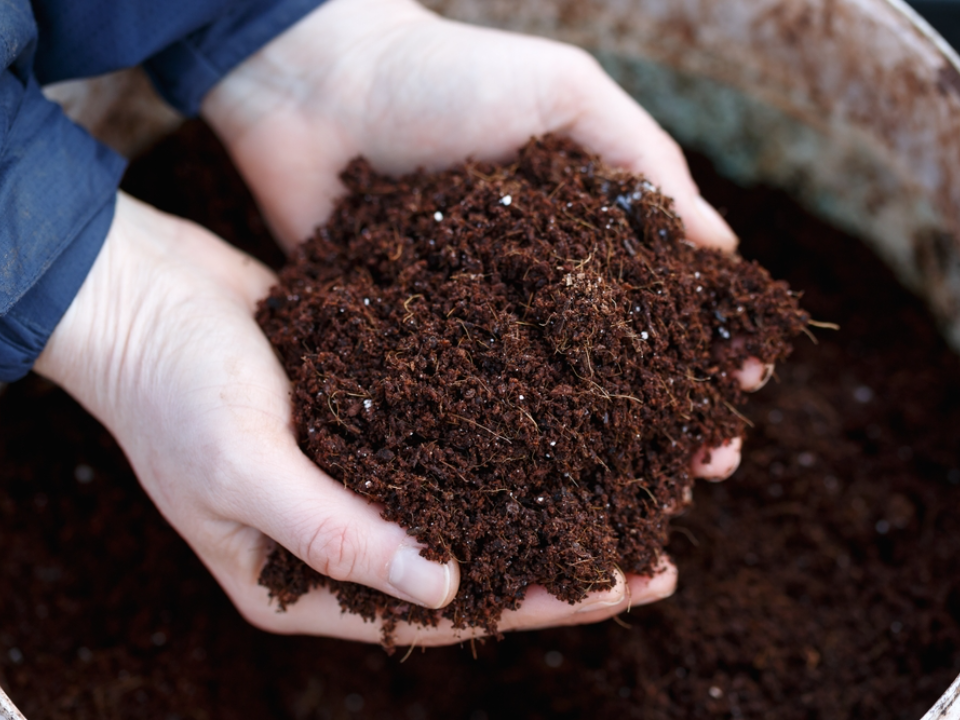
Mulch is an essential tool for retaining moisture in hot weather. It helps keep the soil temperature stable and prevents water from evaporating too quickly. By applying a thick layer of mulch around your plants, you are effectively protecting them from both heat and dehydration. Mulch can also improve the soil structure over time, promoting better root development and nutrient absorption.
There are many types of mulch to choose from, including organic materials like straw, wood chips, or compost. In addition to conserving moisture, mulch also suppresses weeds that might compete with your plants for nutrients. A well-mulched garden requires less frequent watering, which is especially helpful in areas with water restrictions or during a drought.
Choosing Heat-Tolerant Plants
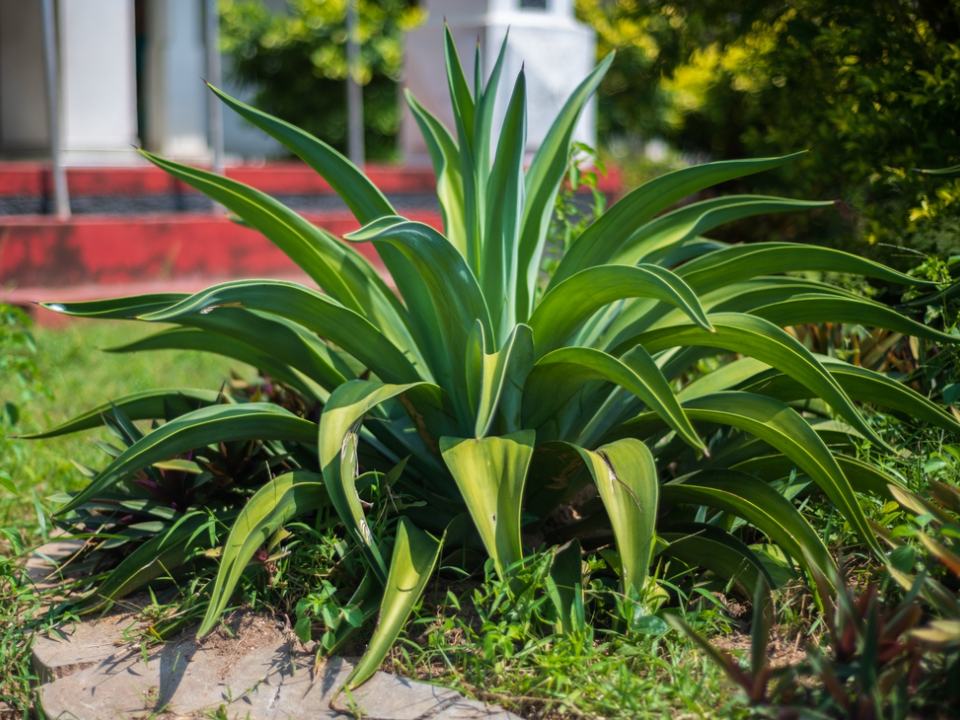
Selecting the right plants is crucial when gardening in hot weather. Heat-tolerant plants, such as succulents, cacti, and certain native species, are naturally adapted to thrive in high temperatures. These plants typically have deep roots that can access water from deeper layers of soil, making them more resilient to heat stress. You can also look for plants that are drought-resistant, as they require less frequent watering during dry spells.
In addition to selecting heat-tolerant plants, consider grouping them based on their sunlight needs. Some plants may need more shade during peak heat hours, while others can thrive in direct sun. Choosing the right variety for your region ensures that you will have a vibrant garden, even during hot weather conditions.
Using Shade Cloth
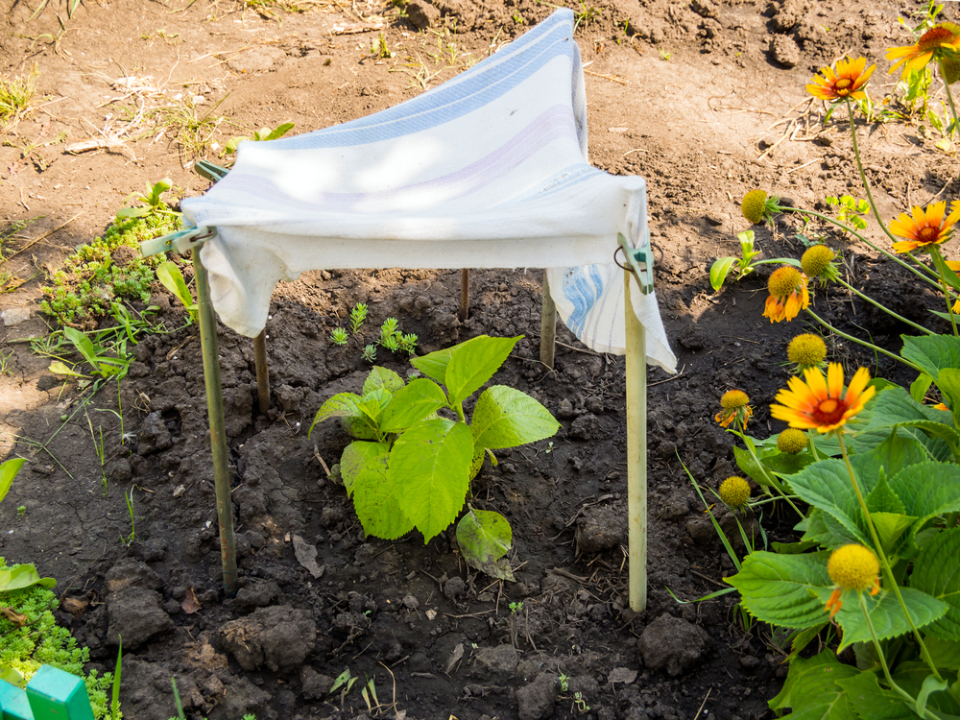
Shade cloth can be a game-changer for gardening in hot climates. It helps provide a protective barrier for plants from the harsh rays of the sun. Shade cloth is available in different densities, allowing you to choose the level of shading required for your plants. By using it, you can prevent sunburn on leaves and flowers, which can occur during extreme heat.
Not all plants need the same amount of protection, so consider your garden layout before applying shade cloth. Taller plants may need less shading, while more delicate species may require complete coverage. Shade cloth is a simple yet effective way to help plants continue growing despite the hot conditions.
Proper Soil Preparation
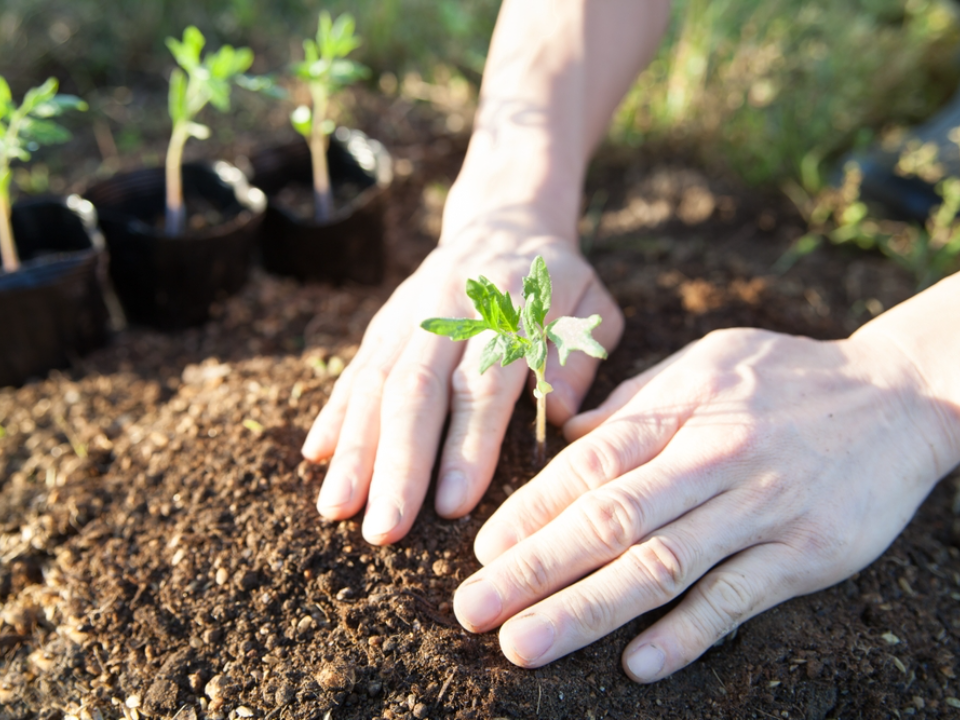
Good soil preparation is the foundation of a successful garden, especially in hot weather. The soil must be well-drained yet able to retain moisture for the plants. Adding organic matter like compost or aged manure improves the soil structure and increases its ability to hold water. Loamy, well-draining soil provides the best environment for plant roots to grow deeply, allowing them to access water during dry spells.
Soil preparation should also include regular soil testing to check the pH levels. In hot conditions, soil can become more alkaline, affecting nutrient absorption. Adjusting the soil with amendments, like sulfur or peat moss, can help balance the pH levels and ensure your plants are getting the nutrients they need to thrive.
Watering Deeply, Not Frequently

In hot weather, it is better to water deeply and less frequently than to give your plants light, frequent watering. Deep watering encourages roots to grow deeper into the soil, where the moisture lasts longer and is less likely to evaporate. Shallow watering can cause the roots to stay near the surface, making them more vulnerable to heat and dehydration.
Ensure the water reaches at least 6-12 inches deep into the soil for most plants. Using a soaker hose or drip irrigation system can help achieve deep watering efficiently. This method allows the water to flow slowly and soak into the soil rather than running off the surface.
Adding Windbreaks

Wind can be just as damaging as heat when it comes to gardening. Hot winds can dry out plants quickly and cause stress on tender leaves. Adding windbreaks, such as fences, hedges, or even strategically placed structures, can protect your plants from harsh winds. These barriers help maintain a more stable microclimate in your garden.
Windbreaks can also provide some shade during the hottest parts of the day, further reducing plant stress. Consider the wind patterns in your area when placing these barriers. A combination of natural and man-made windbreaks can provide the most effective protection.
Pruning Regularly
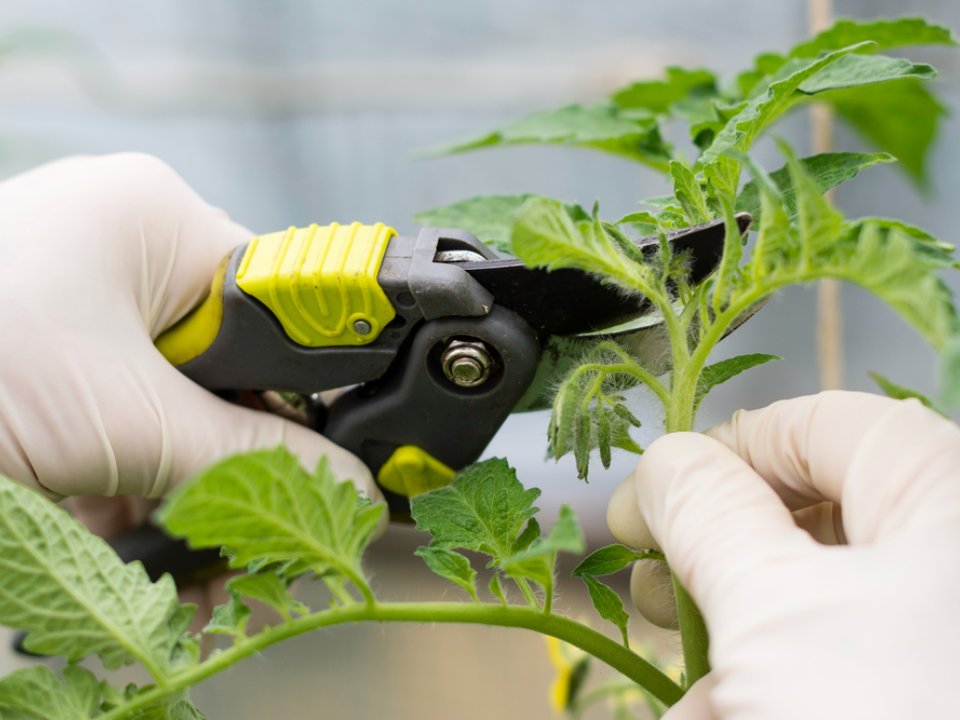
Pruning is essential for maintaining the health of your garden during hot weather. Removing dead or diseased branches allows the plant to focus its energy on healthy growth. It also helps improve air circulation, reducing the chances of fungal growth or overheating. Additionally, pruning encourages new growth, which can be more resilient to heat stress.
Regularly check your plants for any overgrown or damaged parts that could hinder their development. Always use clean, sharp tools to prevent injury to the plant. Proper pruning techniques will ensure that your plants stay healthy and continue to thrive in the heat.
Using Containers for Mobility

Gardening in containers offers flexibility, especially during extreme heat. If you have plants that require more shade or protection from the sun, you can easily move them to a cooler location. Containers also help control the soil moisture, preventing overwatering or underwatering. Many plants can thrive in containers as long as they are well cared for.
Consider using larger pots with good drainage for plants that need more room to grow. Choose a mix of soil that retains moisture but also drains well, especially during hot weather. Containers are a practical option for those who want to create an adaptable garden that can survive changing conditions.
Implementing Drip Irrigation

Drip irrigation systems are one of the most efficient ways to water plants during hot weather. These systems deliver water directly to the root zone, ensuring that the plants receive the moisture they need without wasting water. Drip irrigation reduces the chance of disease by keeping the foliage dry. It is especially useful for drought-resistant plants that do not require frequent watering.
Setting up a drip irrigation system requires an initial investment in materials and installation. However, the long-term water savings and plant health benefits make it well worth the investment. With proper maintenance, a drip irrigation system can last for many years.
Implementing Companion Planting

Companion planting is a natural way to help your plants thrive during hot weather. By pairing certain plants together, you can help regulate temperature, reduce pests, and encourage healthier growth. For example, planting sunflowers alongside smaller crops can provide shade during the hottest part of the day. Similarly, certain herbs like basil can protect tomatoes from heat stress.
Companion planting also helps in creating a more diverse ecosystem in your garden, which benefits both the plants and the surrounding environment. Look for combinations of plants that naturally support each other’s growth, such as pairing deep-rooted plants with shallow-rooted ones to improve soil structure.
Choosing Light-Colored Pots

Using light-colored pots helps reflect heat, which can prevent plants from overheating during the day. Dark pots tend to absorb heat, which can raise the temperature of the soil and put extra stress on your plants. Light-colored containers are much better for keeping the soil cooler, making them ideal for hot climates.
In addition to reflecting heat, light-colored pots can also look more aesthetically pleasing in a sunny garden. They come in a variety of materials, including ceramic and plastic, allowing you to choose the right option for your plants. These pots help create a more favorable environment for your plants during summer.
Using Plant Covers

Plant covers provide a protective layer against both extreme heat and pests. These covers allow air to circulate while shielding the plants from the sun’s intense rays. Using lightweight fabrics like row covers helps maintain a more stable environment for your plants, reducing heat stress and promoting healthier growth.
During extreme weather conditions, plant covers can also protect delicate plants from sudden temperature fluctuations. Make sure the covers are breathable to avoid trapping too much moisture, which can cause fungal issues. Plant covers are a great tool for gardeners who want to ensure that their plants thrive despite the heat.
Regularly Monitoring Soil Moisture
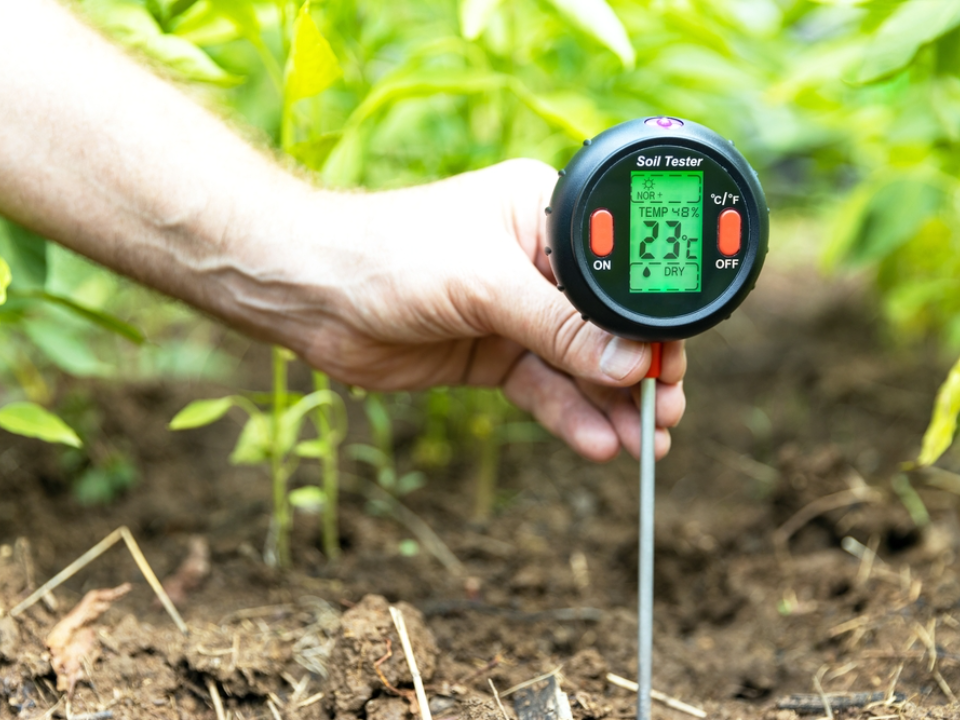
Checking soil moisture levels regularly is crucial for gardening in hot weather. Over-watering or under-watering can both harm your plants. Use a moisture meter to help determine the soil’s water content and adjust your watering schedule accordingly. It is important to ensure that the soil is neither too dry nor too soggy, as both conditions can stress the plants.
In hot weather, the soil tends to dry out quickly, so you may need to water more frequently. However, shallow watering can cause the roots to remain near the surface, which can lead to dehydration. Deep watering is recommended to encourage the roots to grow deeper into the soil, where the moisture lasts longer.
Growing in Raised Beds

Raised beds are ideal for hot weather gardening because they allow for better soil drainage and air circulation. The soil in raised beds warms up faster in the spring, giving plants a head start. Additionally, raised beds help prevent soil compaction, which can restrict root growth and water absorption.
By creating a raised bed, you can improve the soil quality and create a more controlled environment for your plants. These beds are also easier to maintain, as they reduce the need for bending and kneeling. Raised beds make it possible to plant in areas that may otherwise have poor soil or drainage.
This article originally appeared on Avocadu.
